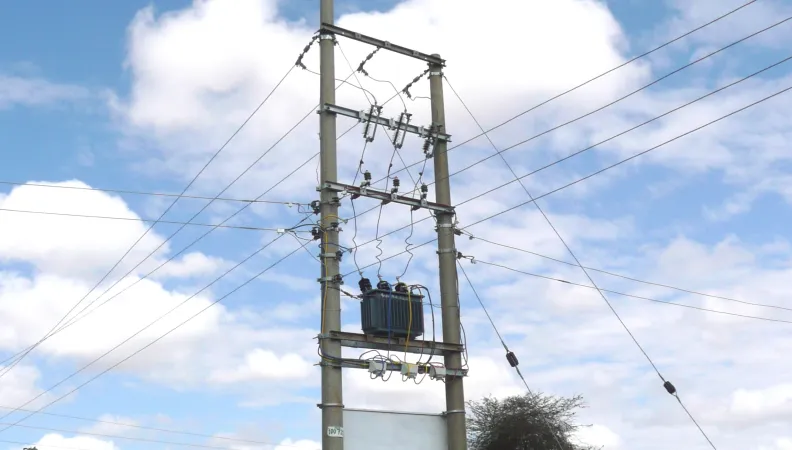Share the page
Reliability of electricity distribution - Nairobi, Kisumu and Mombasa
Project


-
Project start date
-
-
AFD financing amount
-
€ 56000000
-
Country and region
-
Location
-
Nairobi
-
Type of financing
-
Beneficiaries
-
Kenya Power
As part of its partnership with Kenyan authorities in the energy sector, AFD is providing direct funding to Kenya Power to support the implementation of part of its master plan.
Context
The poor performance of Kenya's energy sector hampers the country's economic development and poverty reduction strategy: per capita electricity consumption is low, the country suffers relatively frequent power cuts, and small proportion of the population has access to electricity, while the average tariff in the last five years was $0.15 per kilowatt hour, one of the highest in sub-Saharan Africa.
Description
he project is structured around two components: an investment component to strengthen and expand Kenya power distribution network in three major economic zones of Kenya: Mombasa, Kisumu and Nairobi. These investments are drawn from Kenya Power's four-year distribution master plan, a component of Kenya Power's project management assistance for investment implementation.
Impacts
The main expected impact of the project is: reduction in the level of technical losses with an energy efficiency gain of around 10 gigawatt hours per year (about 1.25% of the electricity purchased by Kenya Power). Such reduction, by improving the financial situation of Kenya Power and reducing greenhouse gas emissions to about 4,000 tons per year, reducing the number of power cuts and increasing the reliability of the network, will enable Kenya Power to increase its revenues and industrialists in the regions concerned through investments to better control their costs (by limiting the use of private generators); the increased capacity of the distribution network will contribute to improving the living environment of the populations.


